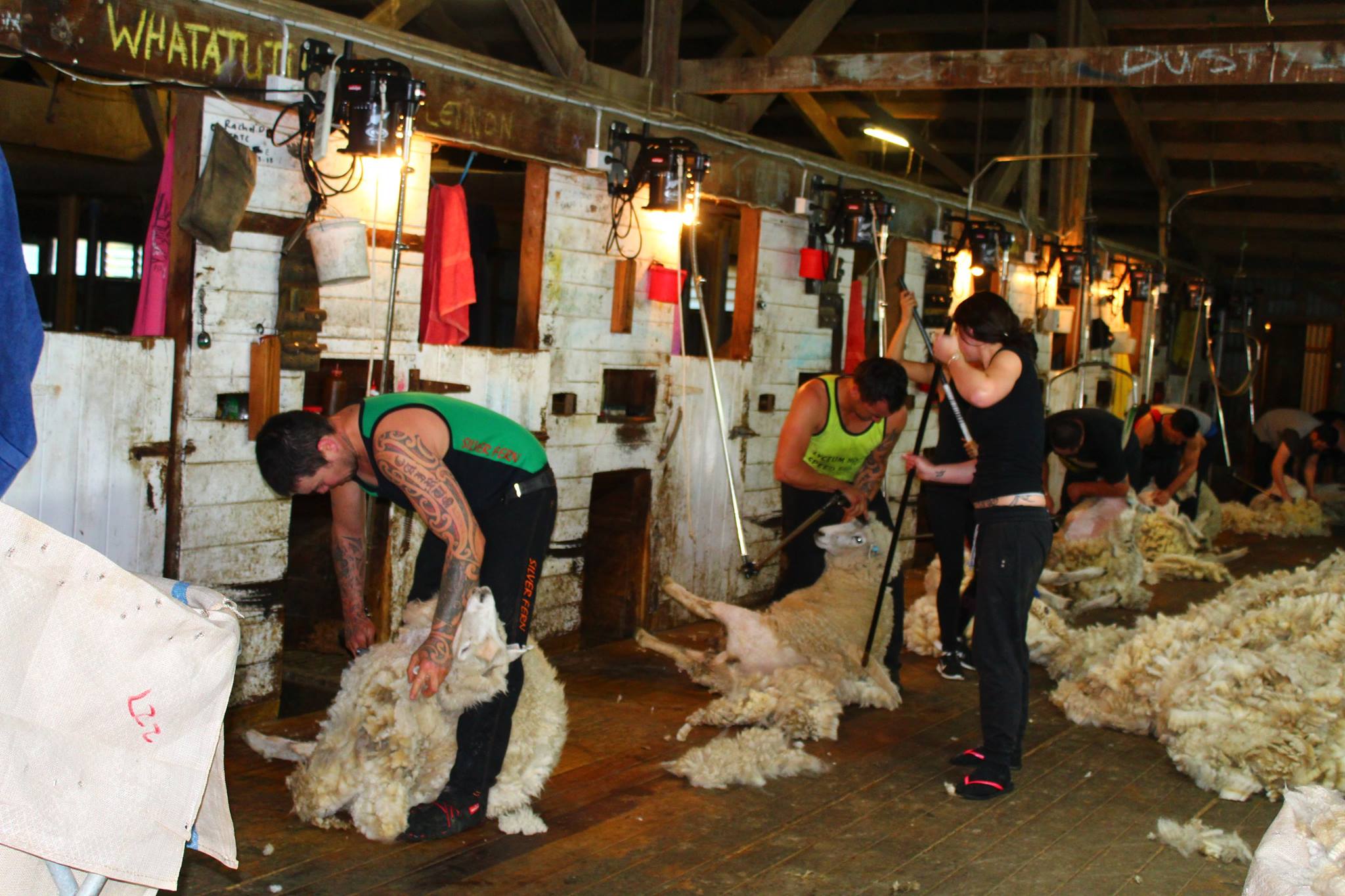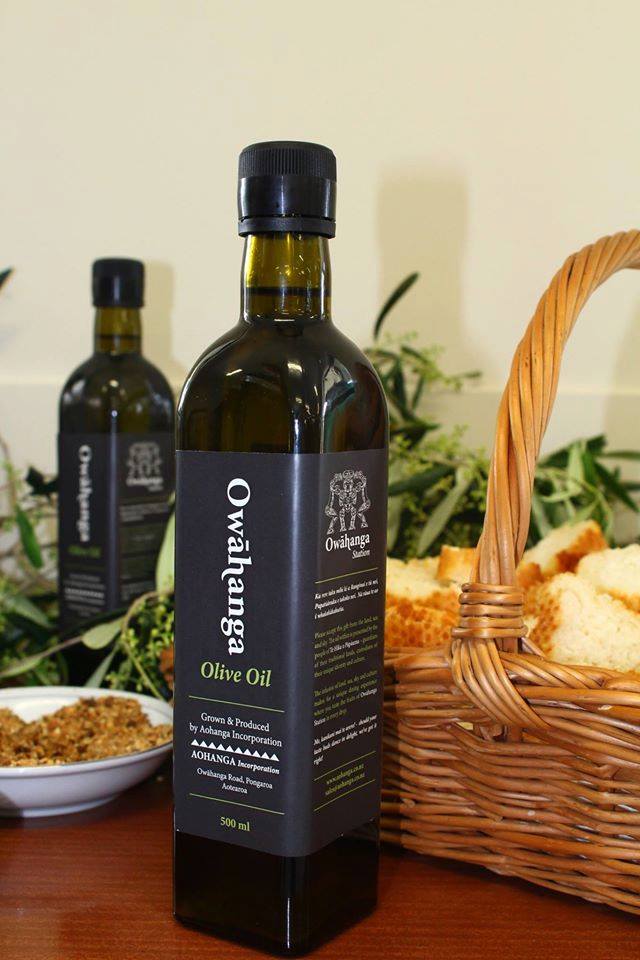Exerts taken from “Big Country of the North Island” by Peter Newton – Published by REED, 1969 – 1st edition
History of Owāhanga
The history of the Wairarapa – indeed most of the North Island – has been largely of the axe and the slasher and of all the stations I have visited the story of Owāhanga might be called “the battle of the scrub”.
Old Henry Power, a well-known Maori Shearing contractor whose early years had been at Owāhanga, told the author before World War One this country had all been cut and cleared. During and after the war it gradually reverted until by the late twenties the Manuka had once again gained control.
Owāhanga is one of the few Maori owned properties that has been Maori owned throughout history. For many years it was leased to European Tenants and in the 1930 it was run by the Maori Trustees, the supervision carried out by officers of the Maori Affairs Department. The last lease held by R.D Rodgers and M. Greenwood expired in 1930.
In actual acreage Owāhanga Station is one of the biggest single holdings in the Wairarapa. Over 17,000 acres. It takes a strip of coastal country between the Aohanga River and Mataikona, a distance of 14 miles. Fronting onto the coast for most of that distance it extends back beyond the coastal range itself into the real scrub belt. The scrub is Manuka.
One of the most noted early managers was Mr. C Whitmore who went there in 1930 when the Maori Trustee took over, and he remained for just on twenty years. It was during his tenure that the Manuka was cleared for the second time. It was during the depression years and over 400 scrub cutters were employed, and that the whole property was cleared. The men were split into six camps and all under canvas, with one ganger to every 25 men. The biggest gang of just over one hundred men having a cook and three offsiders.
Owāhanga was known for horses, at one stage the pack team totalled 64 horses, with a contract price of 5s per horse per day. Three packmen carried grassed, fencing materials, and supplied to the scrub cutters camps. Two bullock teams were also employed at one time and these were paid at the rate of 30s per day per team. As well as scrub cutters, packies and bullockies the station employed about 24 permanent hands along with two book keepers.




In Charlie Whitmore’s time Owāhanga was also grazing about 5,000 acres on the southern side of the Mataikorna River, and altogether they were running 42,000 sheep and 2,800 cattle. He recalled that one year they had a record calf mark of 970, and that on one occasion 640 three year old bullocks were sold on the station at one line. The buyer was Mr Rob Burling of Pongaroa. In those days the sale wethers were driven out to Masterton and there were annual drafts of up to 5,000 and more. When he first took over practically the whole place was in scrub and they ran a straight out wether flock.
It was during Whitmores time that rabbits became a serious problem. During the labour-short war years they got completely out of hand. The devastation they caused was such that stocking dropped from 40,000 to less than 20,000. One winter 81,000 rabbits were taken off Owāhanga alone – 25 bales of skins. They were eventually brought under control, but due to this set back finance became a real problem: inevitably the place slipped back and the Manuka gained ascendancy.
Charles Whitmore also recalled that during the days of the Depression swagger became a problem. The station never turned a swagger away without a feed and there were often twenty or more lined up for a night for a meal and a place to doss down.
One of the features of Owāhanga is the wool shed, with 19,000 square feet under roof where 4,000 woolly sheep can be put under cover. The shed itself is 9,000 square feet, but a further 10.000 square feet was
extended out from it covers the drafting race and a big proportion of the proportion of the yards. One of the reasons for building the roof was a scarcity of water. Like most costal country there is a minimum of running water and the rain water off the 19,000 square foot roof keeps the homestead supplied. The shed was built in 1938 and the timber and iron was carried from Wellington by the station lorry. They lorry driver was Ray Bootem. Ray was twenty five years at Owāhanga, mainly as a lorry driver.
Not only can Owāhanga boast about having what is probably the biggest shearing shed in the country, it can also claim to having had the smallest school. Catering mainly for Maori Children from the pa, the school was situated about a mile away from the homestead. When it finally closed it had one pupil.
Agar, There is a species of seaweed which is used for the making of custards and other culinary items. This agar is found in considerable quantities about the mouth of the Owāhanga River and the woman from pa collect it. It is dried and baled and at 15 cents a pound can be quite a profitable business. Mrs King had some at the time of the authors visit and she had recently sold seven bales of it. All told twenty seven bales of agar went out from Owāhanga on that occasion.
